Great White Shark Pup off the Northern Aegean Coast of Turkey
Be prepared to hear a fascinating piece of natural history about the Mediterranean great white sharks (Carcharodon carcharias). The story is fascinating for multiple reasons. First, the great whites are one of the most charismatic, vulnerable, cryptic and misunderstood predator fish species. Second, it takes place in a quite unexpected location. Altınoluk is a town on the northern Aegean coast of Turkey. It is located to the south of Troy on a legendary sea route known as the Argonaut route […]

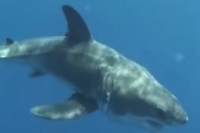
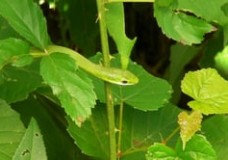
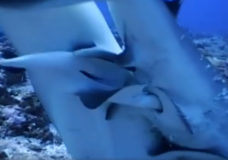

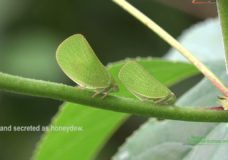

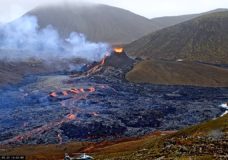
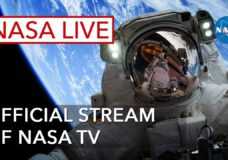


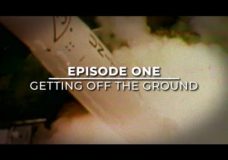

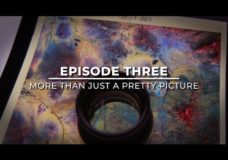
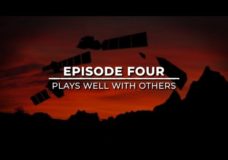


Recent Comments